Below are some of the lessons an Investor should learn from Warren Buffett’s letter to shareholders. I have sourced this article from many authentic websites. I have written the most important points that an investor should learn.
1. Economic Moat Keeps Changing of a Company:
What is Economic Moat?
“Economic Moat” is a long-term competitive advantage that a company holds that allows it to protect its market share and profitability. A company with a strong moat possesses a competitive advantage that is both strong and sustainable. The most effective moat is the Brand Name. For example SONY, SAMSUNG & LG charge a higher price than their competitors just because they can easily leverage their brand name in electronics items like Smart TVs, Music Systems, Refrigerators etc.
However, with time this keeps changing.
How companies can maintain or increase their Moat?
By improving both products and services. In modern times after-sales service is very important to maintain Moat. People have access to social media, so one bad service may be read by many and can affect the Moat. Sometimes it gets so bad that it becomes nearly impossible to get back the previous Moat. This happens when companies start looking at short term profits and ignoring the long term effects.
2. In a Commodity Business Returns on the Capital is Important
In a business where copying others is easy – all will do so in effect decreasing the returns on the capital deployed for manufacturing the product. The textile industry is one such example. You get $16 jeans looking as good as $160 jeans. In the textile industry maintaining the MOAT is very important. Branded jeans may sell for $200 while the unbranded ones will not sell above $100.
3. The Flywheel Effect
Though this is an example it is true for many industries. People do not want to pay for two or more newspapers. So who survived? The ones who printed too much news and advertisements on too many pages. In short, the fattest ones survived and the rest diminished. In other words, if a company gives more for the same money it will survive in the marketplace beating competitors.
One thing here is worth noting is that the newspapers never advertised how much they are making from selling newspapers and advertising in them.
So to summarize The Flywheel Effect – it is giving more for less, then scale it and keep quiet on how you are doing it.
4. Business Operation Leverage
Companies have two kinds of costs involved.
1. FIXED COST – Example lease rent fee, a product machine repair fee (almost fixed), salaries to employees and maintenance of the physical properties of the entire business which is but not limited to factory, offices, equipment needed to run a factory and offices like tables, chairs, ACs etc.
2. VARIABLE COST – Imports, third party services, logistics, electricity bills and other bills.
Companies that have high fixed costs and low variable costs will see earnings rise faster than revenue. It may be contrary to what you may think but if a company with a high fixed cost and low variable cost is making a good profit then they know and can manage difficult times. However, companies with lower fused costs and higher variable costs will have at least 4 months out of 12 to control the high variable cost that may hit them.
Example: A sports franchise owner has a high fixed cost and low variable cost, yet once they cross the breakeven they make a lot of money. If the brand value of their team or sportsperson is intact they keep making money in each season of the game their team plays.
A travel company has a low fixed cost and high variable cost. This is the reason during COVID-19 times (2020-21) their business went down to ZERO however the sports franchise owner kept making money earning from showing the games on TV and earning via advertisements.
5. Important Fundamentals of Investing
- Know your ability (for example how much confident you are before investing in a company, how long you are willing to be invested etc)
- Once you are confident and willing to invest you must check the future cash flows of the company (for example what products they are selling and to whom, is it a B2B or B2C, plus will they be able to sustain the lower/higher prices etc)
- It is a waste of time to speculate on the future price. If a company has a good moat, good future cash flows then do not look or guess the future price
- Volatility is another name for stock market investing. Just ignore the volatility otherwise you are bound to do mistakes.
- Listening to the so-called experts on the stock market or a company is a waste of time.
6. Mr Market will Open From Monday to Friday – its There to Serve you NOT Guide You
You can only invest your money in the stock markets as you wish. The stock markets will not guide you to invest – it will only show you the rates of the stocks and give you a path to invest but won’t give you any signal of which is a better investment.
In a bear market, almost all stock prices will be low and in a bull market, all stocks will be near their all-time high. But you the investor, cannot know for certain the exact support and resistance. You have to invest in companies with strong fundamentals and sit tight for the right time to exit.
7. Risk is Not Prices Moving up or down – The Risk is the Money Invested and the Return Generated
After-tax return is the real return from a stock. You must know how much is a good return to exit from a stock. You have to keep in mind the inflation rate as well. Your return should be good post taxes and inflation-adjusted. This is possible only if you invest in companies with a good Moat and strong fundamentals.
8. Focus on the Return on Capital vs the Cost of Capital
Some people think that stocks with low Price-to-Earnings (P/E) Ratio, Price-to-Book (P/B) Ratio or High Dividend Yield is a value stock and invest in them. This is wrong. Similarly, a high Price-to-Earnings (P/E) Ratio, Price-to-Book (P/B) Ratio or low dividend yield might be a good stock to purchase. Instead of thinking about high/low PE or PB – you should focus on the return on capital vs the cost of capital.
9. Make a Note of What Does not Change in a Business
Like for SONY – it’s the Brand Value. Similarly, for others like Amazon, it’s the low price of products etc. Technology will change with time but if a business has something special for customers it will keep rocking.
10. Do Not Look at the Speed with which a Business is Growing – You Should Also Look at its Durability
If a business is growing fast it doesn’t mean that it will keep happening forever. If the company is not evolving with the latest trends and technology then it may not survive. For example, Kodak. The management of Kodak was overconfident. They kept ignoring new technology (digital photography) and did not adapt to changing market needs. When they should have used the profits to invest in new technology and advertising, they were acquiring many small companies. Kodak was overconfident in its brand value so failed. SONY on the other hand always keeps adopting new technology and also makes sure to advertise its products. Therefore they can charge a premium on their products just for the brand value.
11. Invest in the Quality of the Company and Hold as Long as the Quality is Maintained
Your investment will mirror that of the company’s progress you have invested. Even if a business is slightly overvalued, it’s better to hold on to it than a switch for a cheaper, lower-quality business.
12. Investing in a Mediocre Company Just Because its Price is Attractive is Foolish
In the long run, you will find that a mediocre business will either give a negative return or just less than FD returns or similar. It’s not good to invest looking at the price instead look at the company and its performance. A $1 can become a few cents of a bad company and $100 can become $150 of a good company in one year.
13. Do Not Leverage – Invest the Money That You Own
I have written about this in detail in this post, and this post. Even if the loan is small you will not be able to take the panic of a loss – you will immediately stop out. If the loan interest is 5% a year you will have to best this to make a considerable amount of money. Even if you make 6% a year – you will end up with just 1% profit which is not worth your time and effort.
14. Share Buybacks
We keep listening to this news now and then. Company A has offered a share buyback proposal at this rate etc. It makes sense only when a company has enough funds to maintain its position in the market. The company has no option but to invest the money anywhere else to generate a good return. The company’s stock price is below the intrinsic value.
15. Not All Earnings Are Equal
A company with too many assets that require frequent re-investments has no real earnings. When they get the cash they have no other option but to reinvest the money into their business. This reduces the profit of the company.
16. Do Not Depend on EPS alone
EPS – Earnings Per Share is misleading.
What Is Earnings Per Share (EPS)?
Earnings Per Share (EPS) is calculated as a company’s profit divided by the outstanding shares in the market. Once you get the number you can get an idea of the company’s profit. The resulting number serves as an indicator of a company’s profitability. It is common for a company to report EPS that is adjusted for extraordinary items and potential share dilution.
The higher a company’s EPS, the more profitable it is considered to be. However, depending on only EPS is not good. Today a high EPS is not a sign of high EPS tomorrow too. It does however helps when you are confused between two companies of the same sector but you want to invest in one of them. In that case, you can compare the EPS of both and invest in the one with the higher EPS.
Let’s take an example. Suppose you have some cash and want to invest in the SECTOR: COMPUTERS – SOFTWARE. The top companies are Infosys and Wipro. Both are fundamentally strong companies. Which one to select? Here is where EPS will help.
See below:

 As you can see in the March 22 quarter Infosys Ltd. is the clear winner. So you can invest in Infosys Ltd.
As you can see in the March 22 quarter Infosys Ltd. is the clear winner. So you can invest in Infosys Ltd.
You may be confused better Basic, Diluted & Cash EPS.
You have already read that Earnings Per Share (EPS) is calculated as a company’s profit divided by the outstanding shares in the market. A Diluted EPS is a calculation of a company’s earnings per share if all convertible securities were converted. A company keeps many securities with themselves which are not sold or traded in the primary security markets. These securities aren’t common stock, but instead securities that can be converted to common stock. Therefore Diluted EPS gives better data than Basic EPS.
Cash Earnings Per Share a.k.a Cash EPS is the operating cash flow. Cash EPS takes into account the cash flow generated by a company on a per-share basis, while the Basic EPS looks at the net income generated on a per-share basis, for a given period.
You will rarely find a huge difference between the Basic, Diluted & Cash EPS of a company. So you just look at the Basic EPS while comparing two companies for investment decisions.
17. Inflation has a Huge Role to Play
Companies with fewer assets will not be much impacted by an increase in inflation. However, companies that have to invest a lot in machinery and its parts will be impacted by inflation.
18. Be fearful when others are greedy, and greedy when others are fearful
This is the most famous teaching by Warren Buffet, unfortunately, everyone knows but few follow.
During the 2007-2008 financial crises retail and institutional investors sold huge numbers of stocks in businesses with weak and strong fundamentals – including me too :). This was a big mistake. Buffett, however, went on a personal buying spree, even penning an impassioned New York Times op-ed titled “Buy American” about the billions he had spent buying up marked-down stock.
And who came out as the winner? Warren Buffet.
Hope you have learned something from this post which will help you to select the stocks to invest in future.
If you do not have a Zero Brokerage Demat Account you can click here and open it online within minutes.

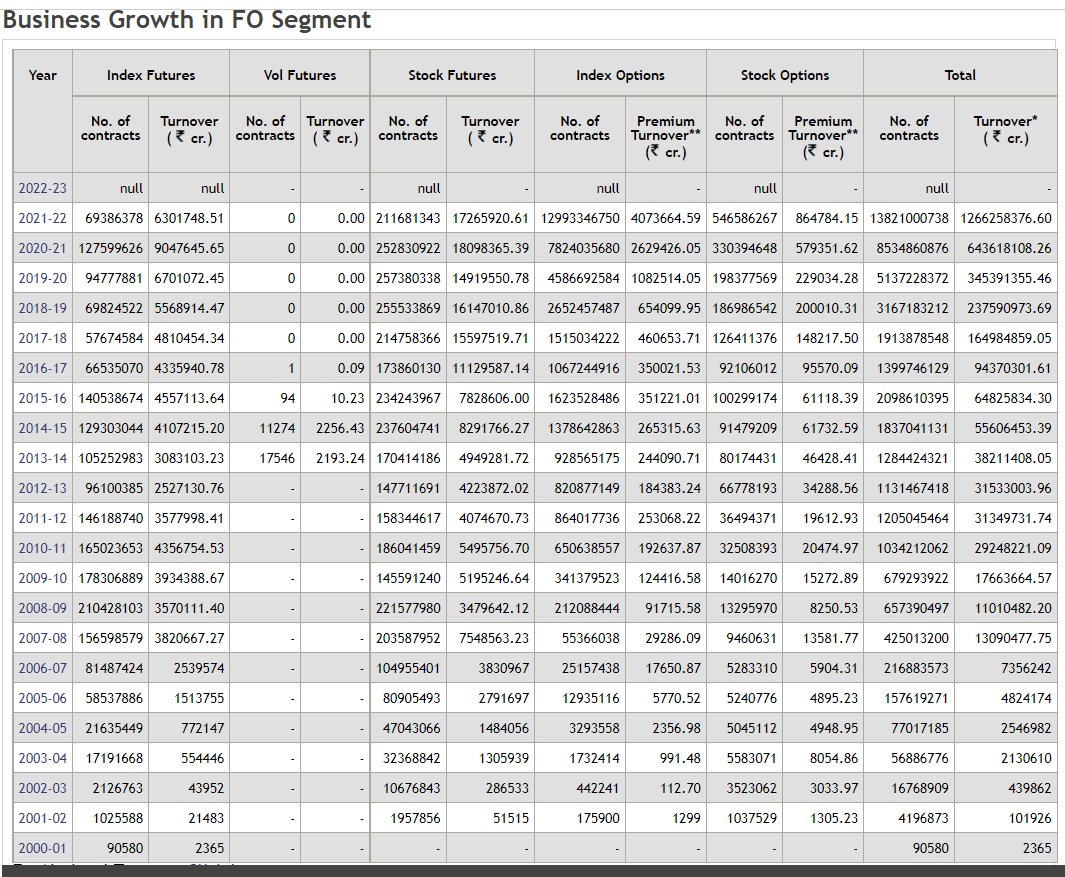
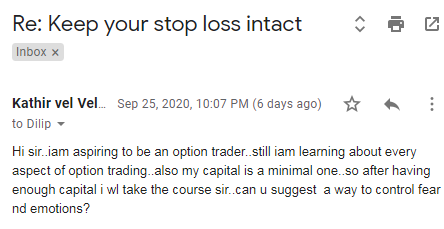
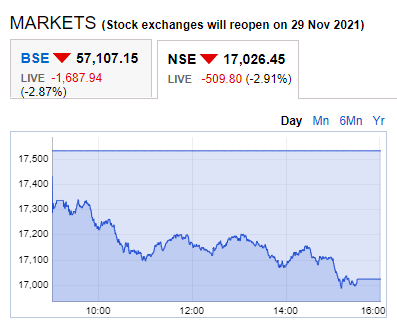
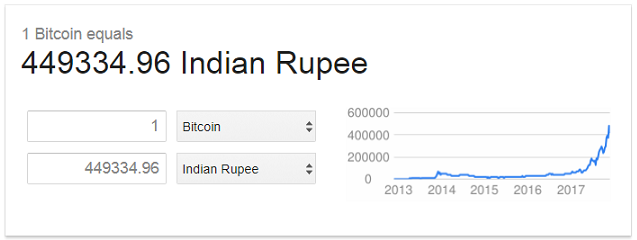
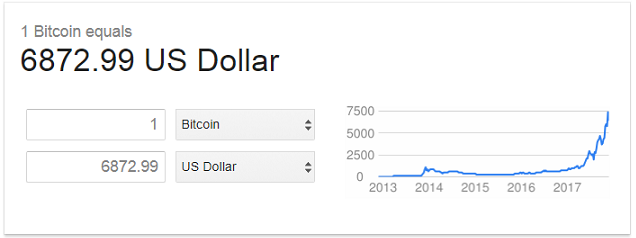

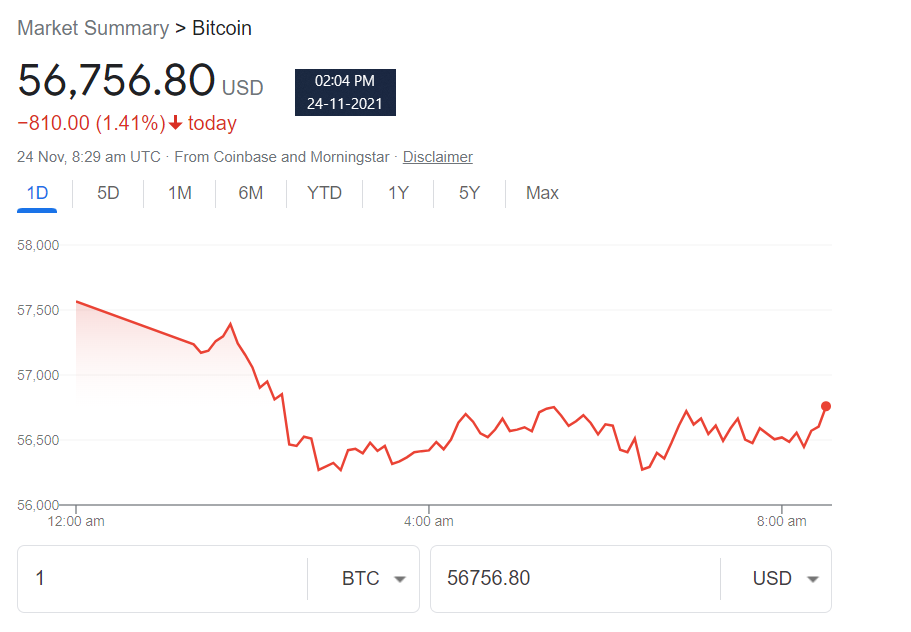
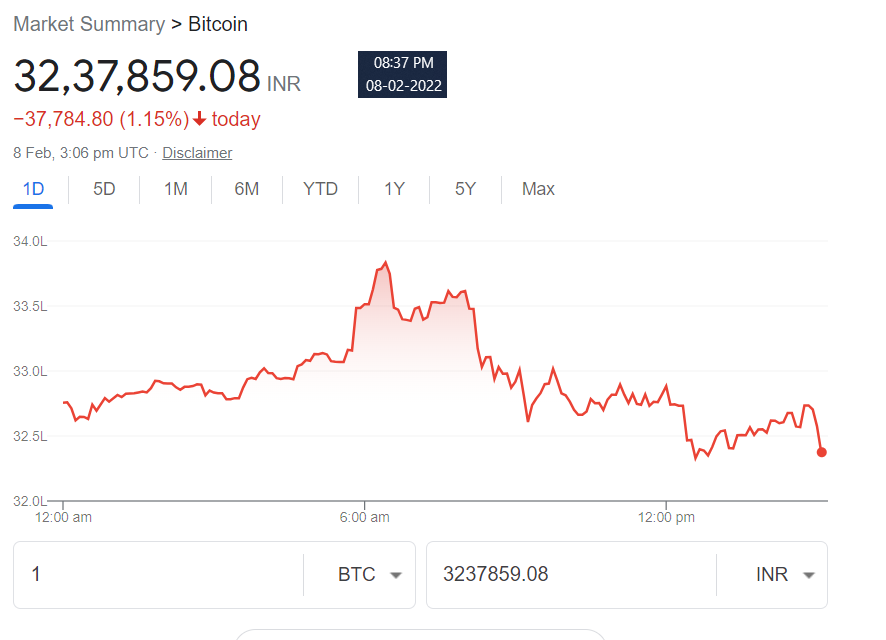
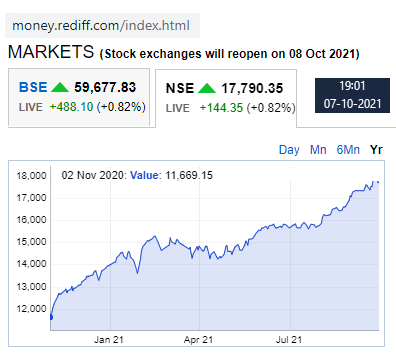
 Testimonial by a Technical Analyst an Expert Trader - Results may vary for users
Testimonial by a Technical Analyst an Expert Trader - Results may vary for users
 60% Profit Using Just Strategy 1 In A Financial Year – Results may vary for users
60% Profit Using Just Strategy 1 In A Financial Year – Results may vary for users

 Testimonial by Housewife Trader - Results may vary for users
Testimonial by Housewife Trader - Results may vary for users